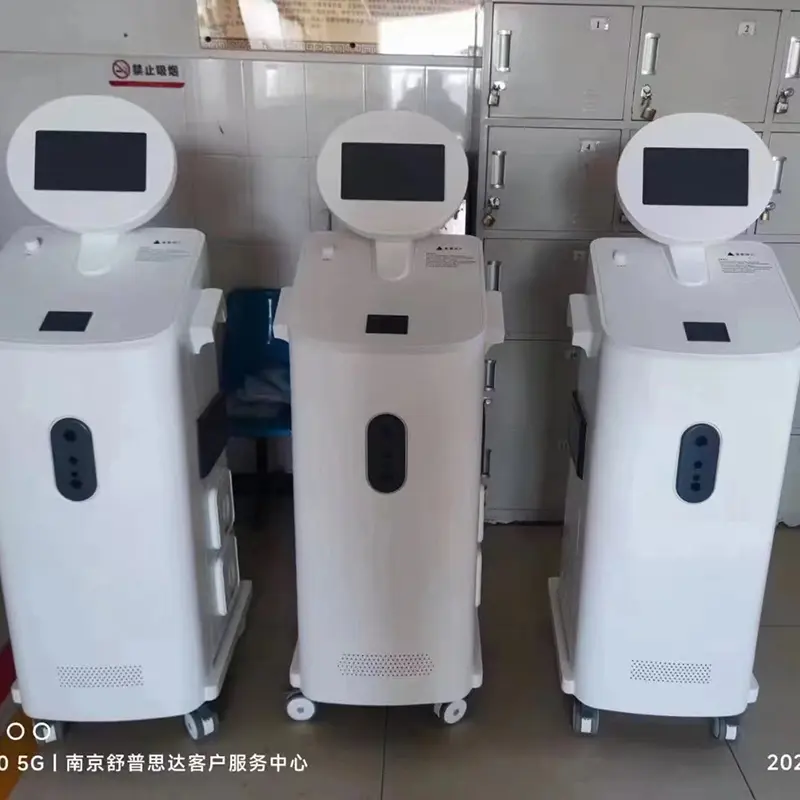Ensuring Safety: The Vital Role of Ventilator Exhalation Valve Disinfection
Introduction
In the context of respiratory care, ventilators are essential life-saving devices. With the ongoing COVID-19 pandemic, the demand for ventilators has surged, highlighting the critical importance of proper device maintenance and disinfection. This article focuses on the significance of ventilator exhalation valve disinfection, exploring the challenges faced and the best practices to ensure patient safety.
Understanding the Exhalation Valve
The exhalation valve is a key component of a ventilator that allows patients to exhale air during mechanical ventilation. This valve is responsible for regulating the flow of air and maintaining appropriate pressure within the breathing circuit. However, it can also become a potential site for the transmission of pathogens if not properly disinfected.
Challenges in Disinfecting Exhalation Valves
Disinfecting exhalation valves poses several challenges due to their intricate design and sensitive nature. These valves typically consist of small components, including diaphragms, springs, and sealing surfaces, making thorough cleaning and disinfection a complex task. Additionally, due to regular exposure to moisture and patient exhaled breath, bacterial and viral contaminants can accumulate on the valve, creating a risk of cross-contamination.
Furthermore, the valve's delicate design requires careful handling during disinfection to prevent damage or degradation. Striking the balance between effective disinfection and maintaining the valve's functionality is crucial for patient safety.
Best Practices for Exhalation Valve Disinfection
To ensure the safety and reliability of a ventilator, healthcare professionals must follow established best practices for exhalation valve disinfection. These guidelines include:
a) Proper Removal: Exhalation valves should be safely and correctly removed according to the manufacturer's instructions. Healthcare providers must wear appropriate personal protective equipment (PPE) during this process to minimize contact with potential contaminants.
b) Thorough Cleaning: Before disinfection, the valve must be thoroughly cleaned to remove any visible dirt, mucus, or other organic material that may hinder the disinfection process. Recommended cleaning solutions and techniques should be followed meticulously to avoid damaging the valve.
c) Compatible Disinfectants: Healthcare facilities must ensure the use of disinfectants approved by the manufacturer. Compatibility with the valve's materials and the disinfectant's efficacy against various pathogens should be considered. Following the recommended contact time is vital to achieve effective sterilization without compromising the valve's integrity.
d) Validation and Quality Control: Regular validation of the disinfection process is vital to ensure its efficacy. Facilities may implement quality control procedures involving microbial testing, such as swabbing, culturing, or using biological indicators. Such testing helps verify that the disinfection protocol effectively eliminates potential pathogens and reduce the risk of cross-contamination.
Training and Education
To ensure proper disinfection of exhalation valves, healthcare professionals involved in ventilator maintenance and care require comprehensive training and continuous education. Training should cover the correct handling and cleaning processes, adherence to manufacturer guidelines, and awareness of potential hazards associated with inadequate disinfection.
Regular updates on emerging research and best practices related to ventilator disinfection should be included in training programs to keep healthcare professionals informed and equipped to adapt their practices accordingly.
Conclusion
Proper disinfection of ventilator exhalation valves plays a crucial role in maintaining patient safety and preventing the transmission of infections in healthcare settings. The unique challenges involved, such as intricate design and potential damage during disinfection, necessitate adherence to best practices. By ensuring thorough cleaning, using compatible disinfectants, and implementing validation procedures, healthcare facilities can optimize the disinfection process's effectiveness. Continuous training and education for healthcare professionals further support effective valve disinfection. Ultimately, prioritizing exhalation valve disinfection contributes to the overall safety and well-being of patients relying on ventilatory support.
